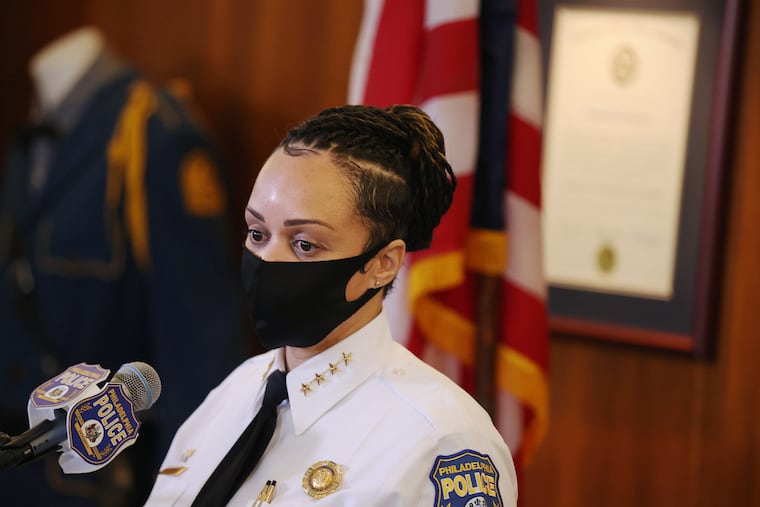Philly police commissioner defends department’s response to protests following critical report and says she won’t resign
“I have not been asked to resign,” Commissioner Danielle Outlaw said Thursday, “nor will I resign due to the report’s findings.”

“I have not been asked to resign,” Commissioner Danielle Outlaw said Thursday, “nor will I resign due to the report’s findings.”
